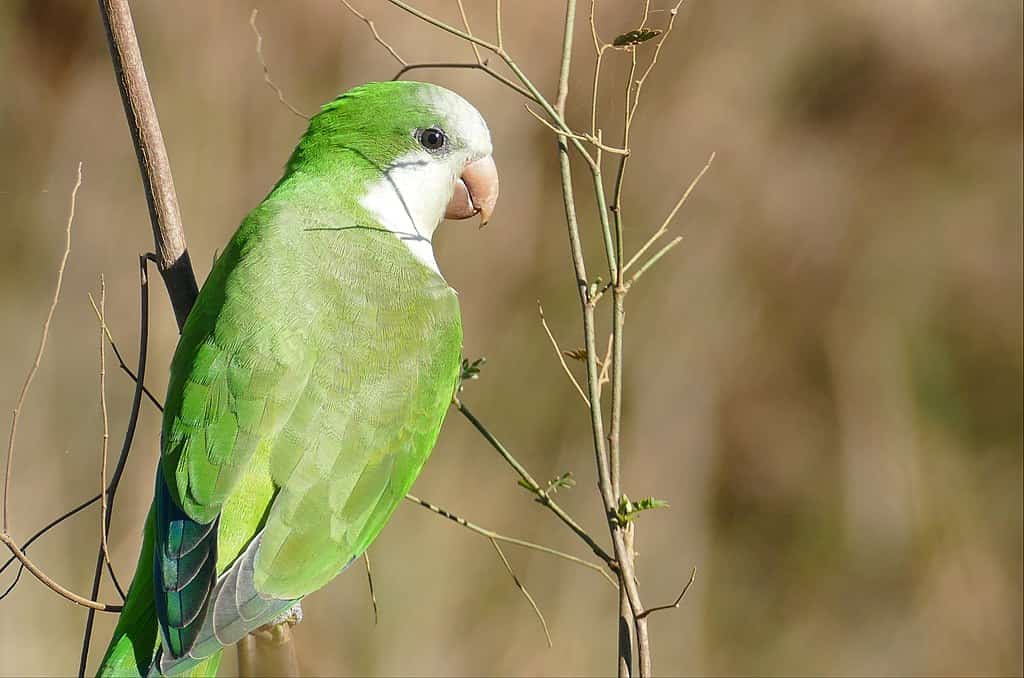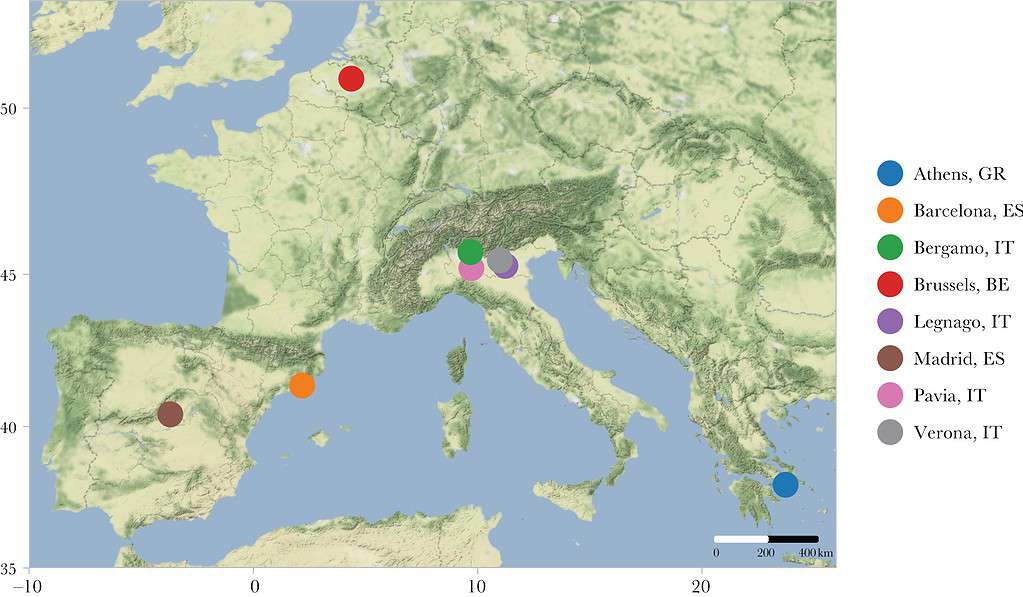Europe doesn’t have any native parrot species. However, several species, including the monk parakeet (Myiopsitta monachus), have spread across the continent after individuals escaped from the pet trade. Now, researchers have found that the monk parakeet has developed distinct dialects that change across countries and cities.

Researchers at the Max Planck Institute of Animal Behavior compared the calls made by monk parakeets in eight cities across four countries, discovering that the parrots sound different in each city. “Just like humans, they have unique ways of communicating based on where they live,” Stephen Tyndel, study author, said in a news release.
Differences in vocalizations between groups or populations have previously been identified within multiple animal species, such as bats, cetaceans and several species of birds. Many parrot species, such as those in the genus Amazona, show geographic variation in their contact calls. However, this still remains an understudied area.
Like all other parrots, monk parakeets have an impressive vocal repertoire and can imitate and learn new sounds throughout their lives. As this invasive parrot spread through Europe only in the last five decades, they are the “perfect test tube for studying how complex communication evolves in a species other than our own,” Tyndel said.
City-specific dialects
The researchers investigated the development of dialects (calls that differ based on where individuals live) among monk parakeets by recording their calls in eight cities across Spain, Belgium, Italy, and Greece. Using a novel statistical method, they looked at whether the parrots’ calls changed between cities and parks in the same city.

The study found distinct dialects among parakeets in each city. The variations in dialects were mainly seen in the frequency modulation structure within each call, a feature that is difficult for humans to hear, explained co-lead author Simeon Smeele. Notably, parakeets in Brussels had contact calls that differed significantly from those in other cities, Smeele said.
However, when the researchers looked at dialects within parks in each city, they found no differences. Parakeets didn’t have unique calls from one park to the next. “Taken together, this suggests that parrot dialects separated early when birds invaded European cities, but then didn’t significantly change further over this time period,” Tyndel said.
The results suggest that dialects occurred through a passive process. Either the birds in different cities made small errors in their calls such that over time they gradually became different from each other, or the calls were different to begin with, and these differences were then maintained, the team said. However, they don’t rule out that dialects could have also formed through an active process.
“We think that dialects could be used to communicate who is part of what nest cluster, like a password,” Smeele said. Next, the researchers want to study how individuals learn from each other and whether smaller groups have dialects within parks. This would broaden our understanding of parrot communication and provide valuable insights, they said.
The study was published in the journal Behavioral Ecology.









